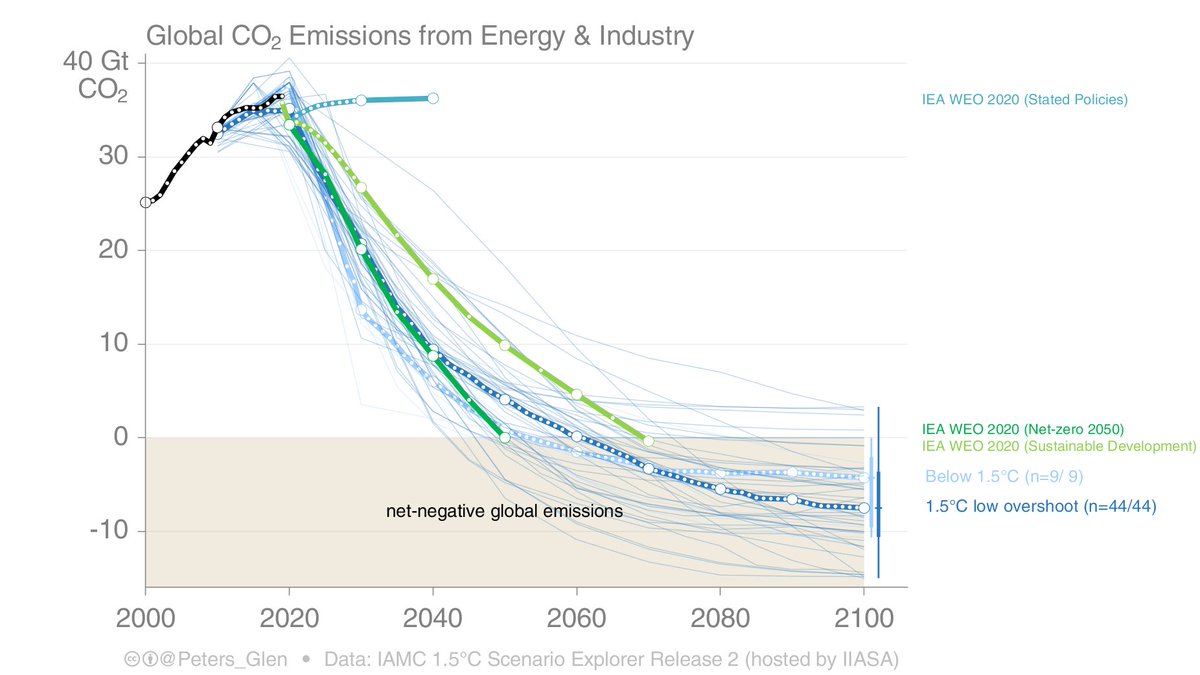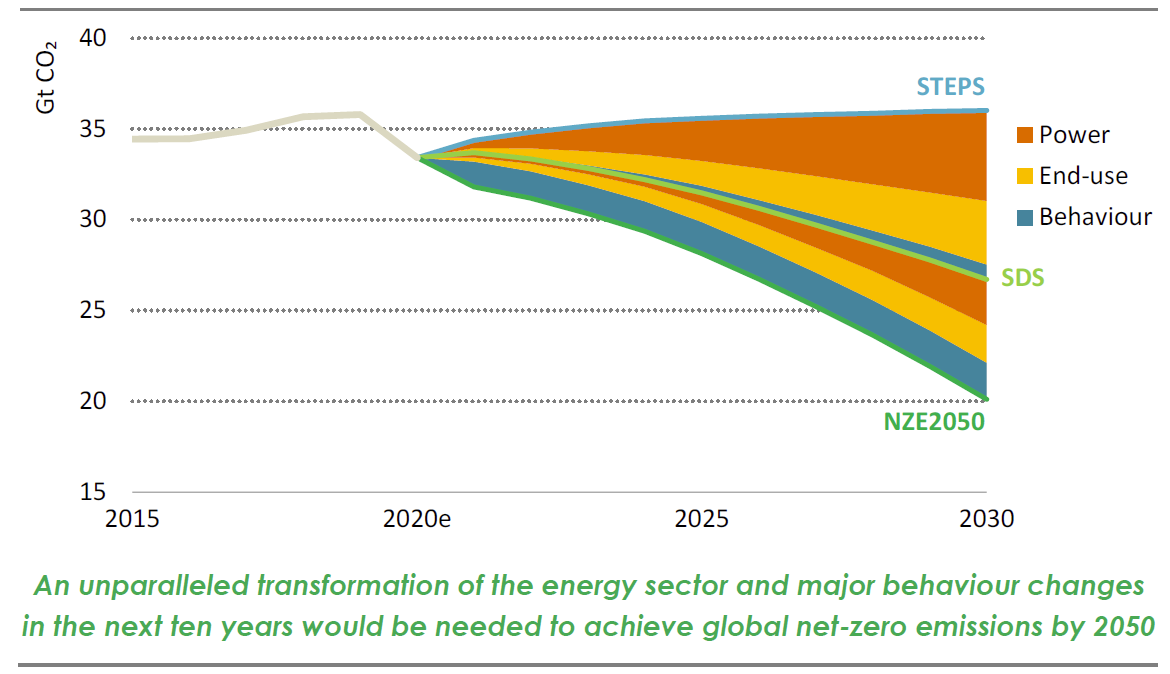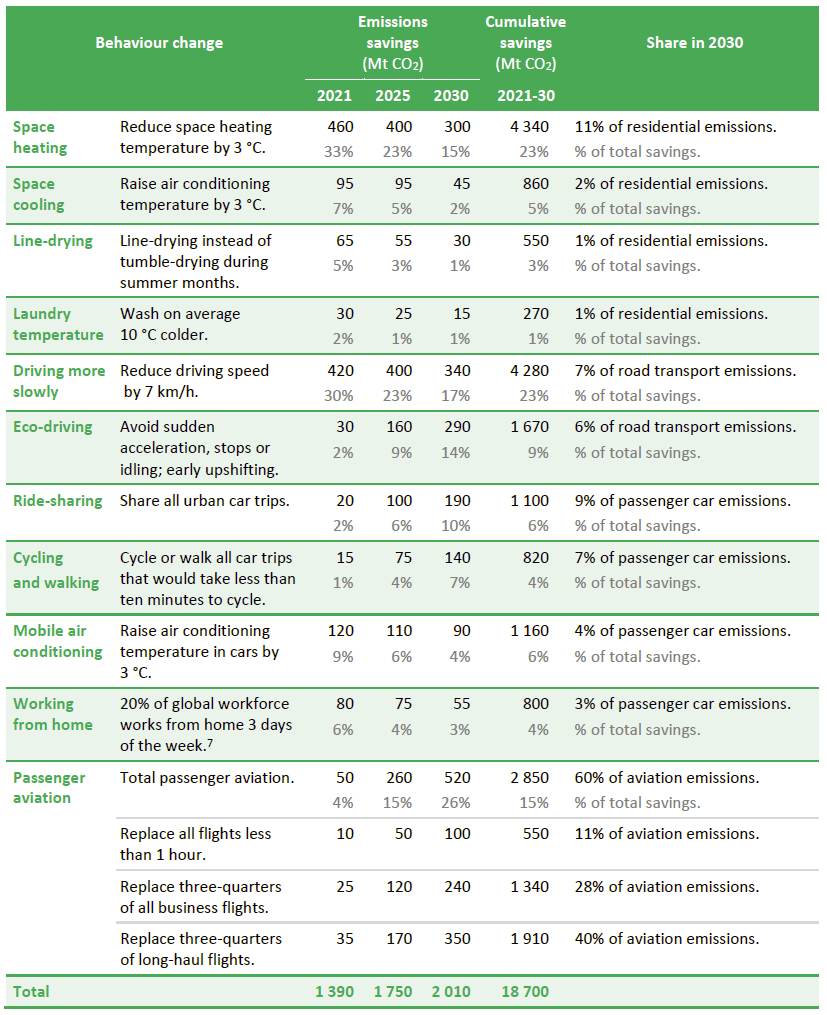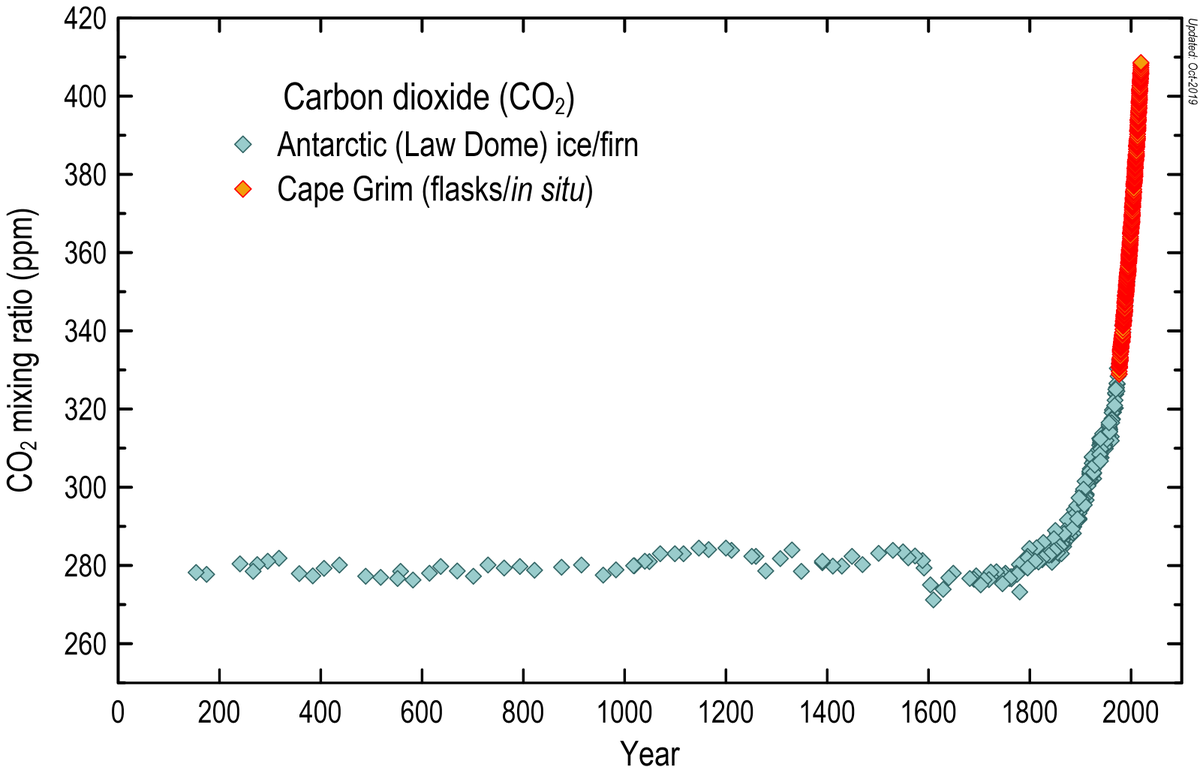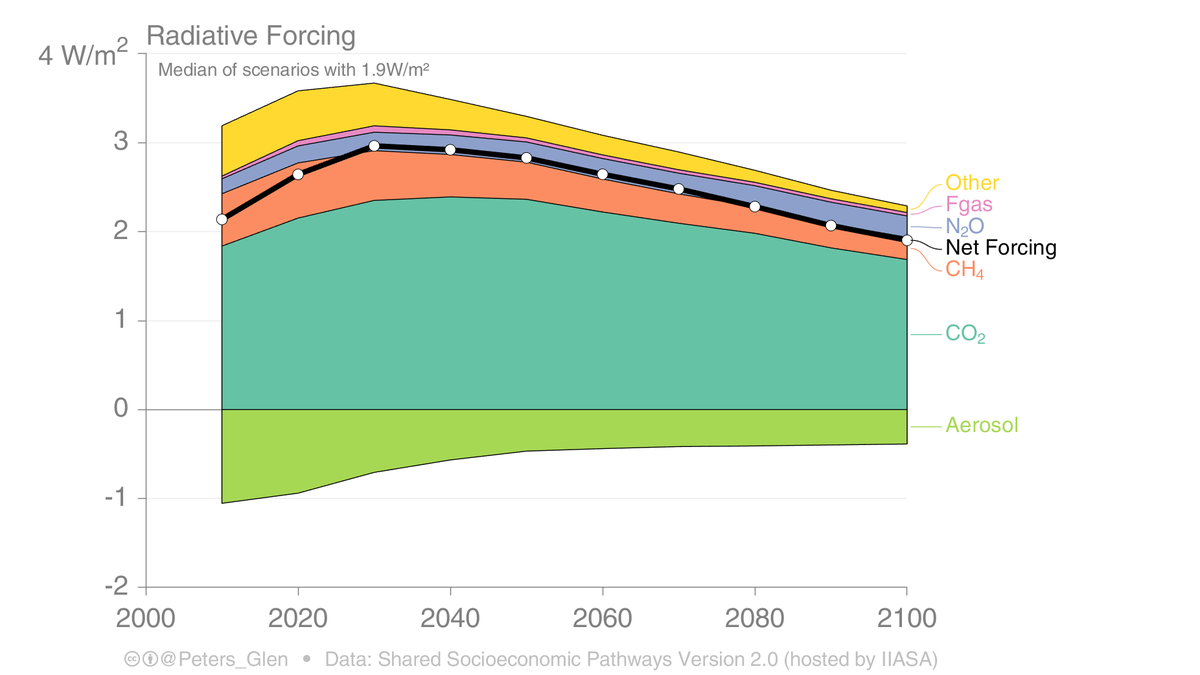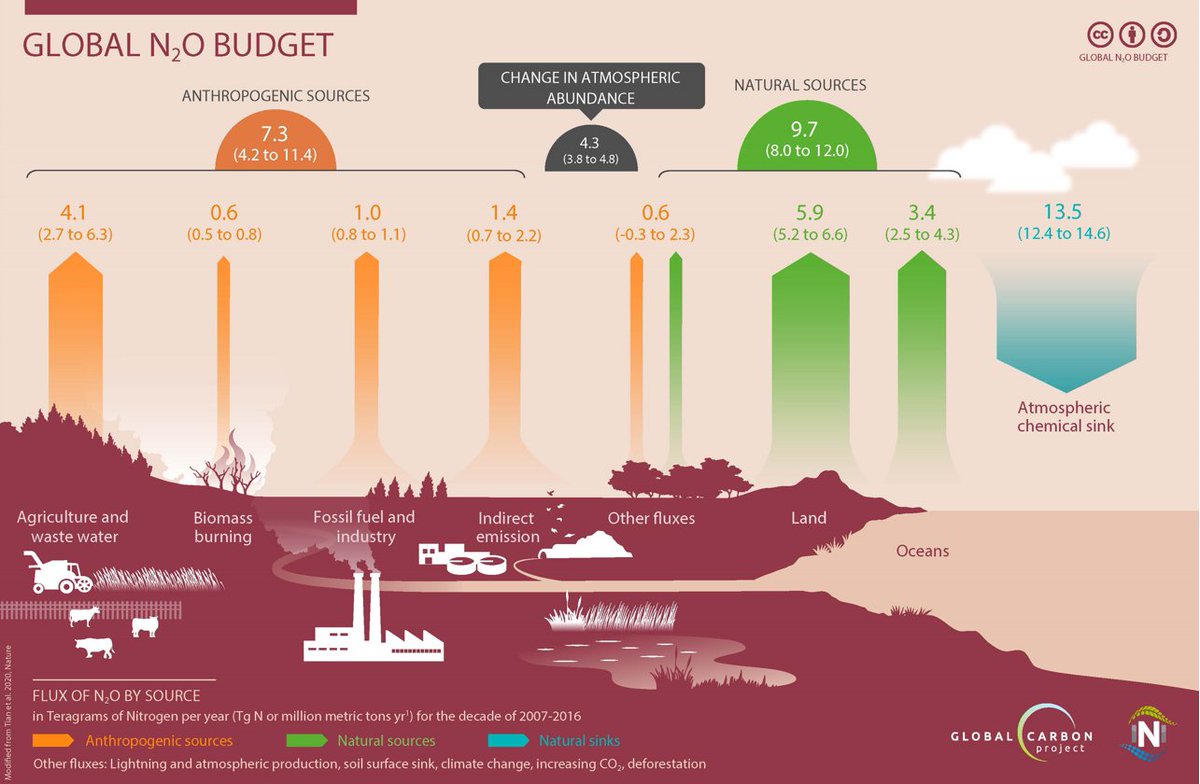
@timinmitcham @kmac @bataille_chris @SvenTeske @JoeriRogelj @IEA I have not put all the IEA WEO2019 into my system, but I show what I have. CO2 was tweeted earlier. I show a figure for 1.5C (no and low overshoot from IPCC) & Lower 2C (around 66% <2C). IEA is sort of in between in terms of carbon budget (I think).
This is coal.
1/

This is coal.
1/


@timinmitcham @kmac @bataille_chris @SvenTeske @JoeriRogelj @IEA Oil. Which interestingly, IEA generally is lower on oil (but still argues because of decline in existing fields, there is more space for oil investments).
2/

2/


@timinmitcham @kmac @bataille_chris @SvenTeske @JoeriRogelj @IEA Gas. Where IEA is higher than most others. Though, there is quite some spread... 



@timinmitcham @kmac @bataille_chris @SvenTeske @JoeriRogelj @IEA Solar. This is not such a good example, as most of the high scenarios are from one model (REMIND), so hard to see the details (unless I zoom in) 



@timinmitcham @kmac @bataille_chris @SvenTeske @JoeriRogelj @IEA And CCS. Generally, the IEA is naturally on the low side when it comes to CCS, which surprises most people...
Overall, I don't see much evidence that the IEA is pro-fossil in comparison to many other scenarios, & some other scenarios are far more pro fossil because of CCS.

Overall, I don't see much evidence that the IEA is pro-fossil in comparison to many other scenarios, & some other scenarios are far more pro fossil because of CCS.


@timinmitcham @kmac @bataille_chris @SvenTeske @JoeriRogelj @IEA WEO2020 comes tomorrow, so I should put in some more effort and plot additional variables... It is about time I did another bigger comparison with IPCC SR15 & IEA WEO...
/end (forgot to number the tweets)
/end (forgot to number the tweets)
• • •
Missing some Tweet in this thread? You can try to
force a refresh

